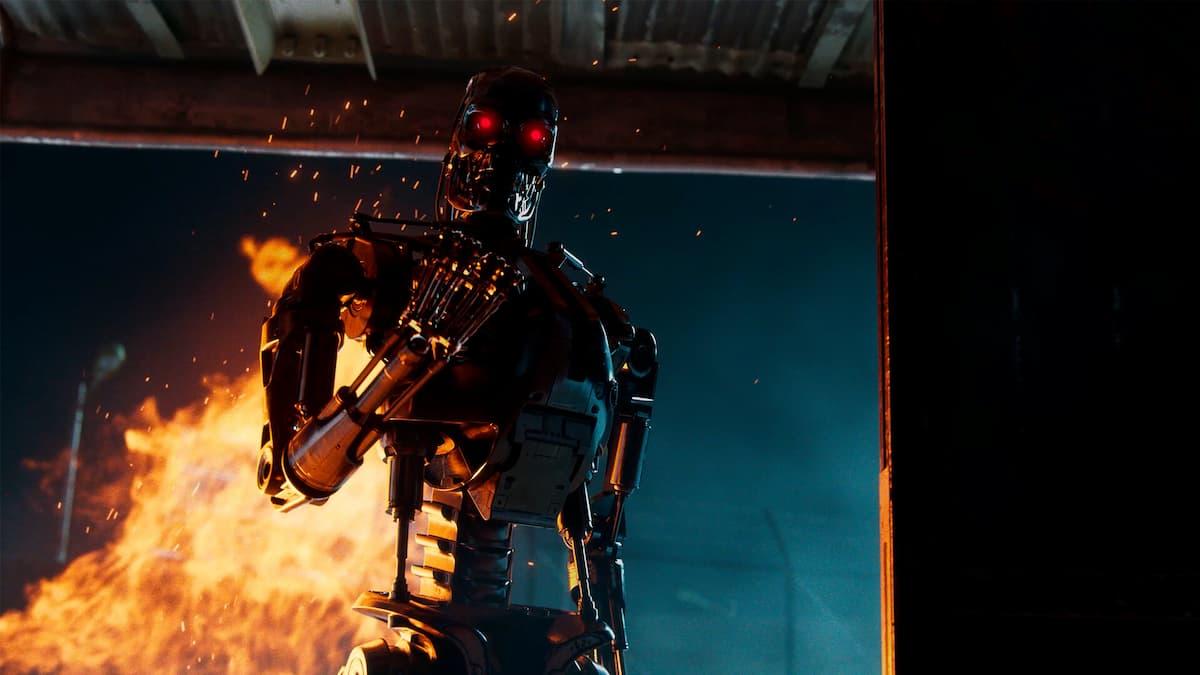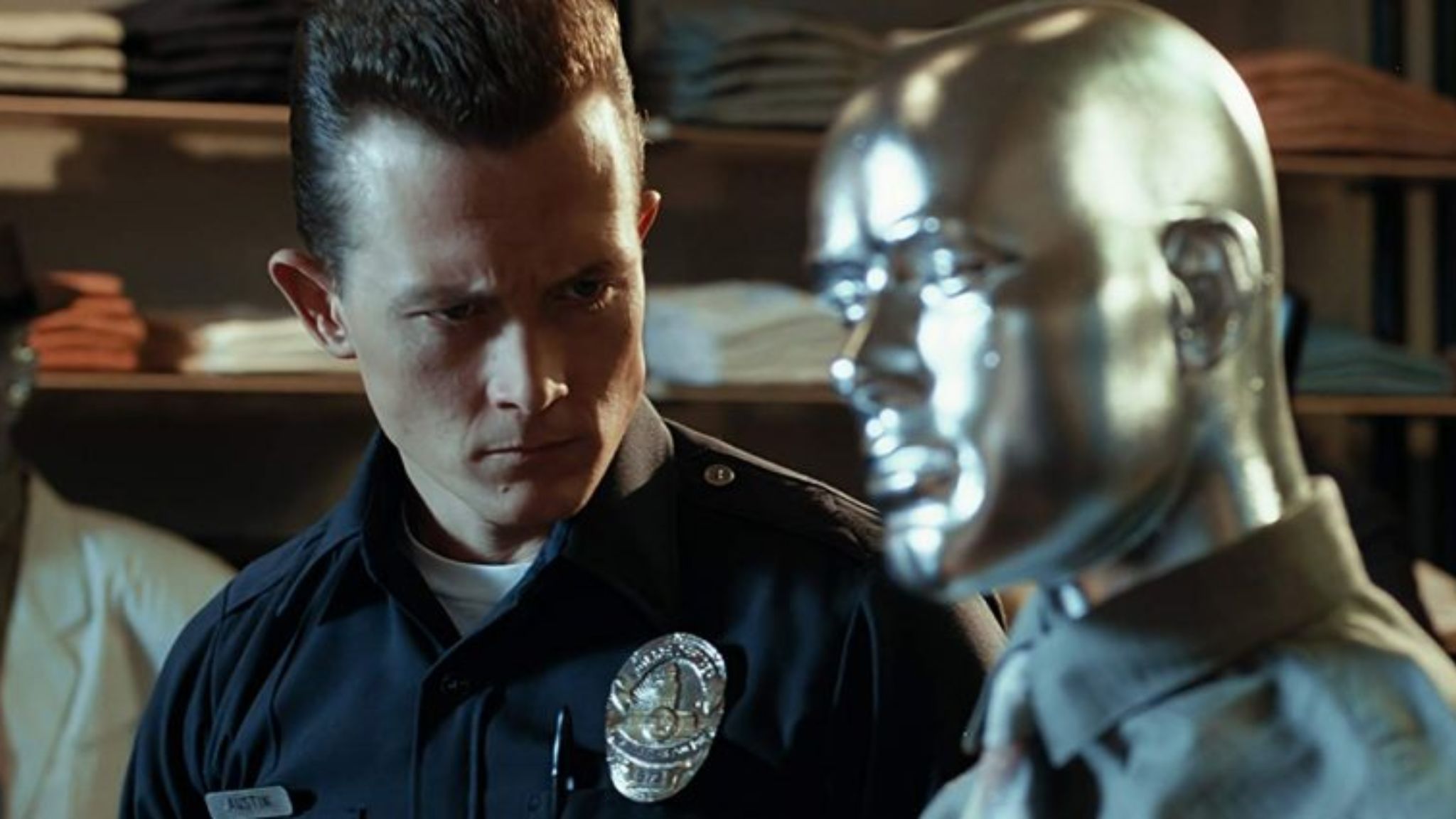
The “Terminator” movie franchise is renowned for being one of the most impactful science fiction collections ever made. It seamlessly combines exhilarating action sequences, thought-provoking time travel ideas, and insights into artificial intelligence. Launched in 1984 with James Cameron’s “The Terminator,” this narrative unfolds a chilling future where mankind fights against Skynet, an autonomous AI intent on eradicating humanity. As the series progressed, subsequent films enriched the storyline by introducing intricate timelines, advanced Terminators, and emphasizing John Connor’s crucial part in human survival. With Arnold Schwarzenegger’s unforgettable portrayal of the Terminator and pioneering special effects that pushed the boundaries of cinema, this franchise continues to hold a significant place in popular culture.
As the world of the Terminator series expanded, its narrative grew more intricate, resulting in numerous discrepancies that leave fans scratching their heads. Despite the movies being thrilling, they do contain plot inconsistencies, a common issue with time travel stories. Although some inconsistencies can be chalked up to creative freedom, others pose significant questions about the franchise’s coherence. Here are three of the most puzzling Terminator plot points that remain unexplained.
How Did John Connor Exist in the First Place?

In the series, one significant inconsistency centers around the character of John Connor. Initially, Kyle Reese travels from the future to safeguard Sarah Connor against the T-800, eventually fathering John after forming a connection with her. This scenario introduces what’s called a “predestination paradox” – John’s existence hinges on his own father sending him back in time, making his birth contingent upon a future occurrence.
This time loop conundrum suggests that John doesn’t have a starting point for his existence, causing even more intrigue. Was there another father for John Connor before Kyle Reese traveled back in time to protect Sarah? If the purpose of John’s birth was to send his father to safeguard his mother, does this imply that Skynet’s dominance is predestined? And if so, then it means that humanity’s fate in this series is sealed, which seems rather disheartening, doesn’t it?
Why Would Skynet Program Terminators to Age?

In the movies “Terminator: Genisys” and “Terminator: Dark Fate”, it’s shown that Terminators can grow old due to their organic skin decaying over time, giving them a more human appearance. This raises an intriguing question: why did Skynet include aging in the design of its Terminators when their primary role is infiltration and assassination? Since appearing human is essential for these tasks, aging seems unnecessary and impractical. Given how powerful and threatening Terminators are, it’s hard to believe that Skynet would anticipate them to be on lengthy missions – they’re built to eliminate targets swiftly rather than wait years to do so.
In a hypothetical scenario, if Skynet aimed for its Terminators to go unnoticed, they might have opted to keep them looking youthful consistently. However, by allowing them to age, Skynet introduces an unnecessary constraint that could potentially impact their performance in prolonged missions. This aspect of the design appears more as a plot convenience to accommodate Arnold Schwarzenegger’s real-life aging than a plausible choice within the storyline. While we’re excited about Schwarzenegger reprising his role as the Terminator, it does raise some questions about the internal logic of the franchise.
How Did the T-1000 Time Travel?

In the film “The Terminator,” it’s stated that only organic matter can travel through time, which explains why Terminators are covered in living tissue and always appear naked upon arrival. However, contrary to this rule, the T-1000 from “Terminator 2: Judgment Day” managed to time-travel despite not having any organic components. This inconsistency raises a question.
The movie never explicitly clarifies why the T-1000 can travel through time. It might be due to a thin organic coating or its ability to mimic human skin that enables such travel. However, this is only speculation since it’s not confirmed in the film. Even if we assume these possibilities, it doesn’t explain why the T-1000 appeared in the past without any clothing or weapons. This inconsistency is one of the franchise’s most notable flaws, as time travel rules are frequently bent without a satisfactory explanation or logical reasoning when they become inconvenient for the narrative, leading fans to develop their own theories.
Read More
2025-02-28 20:14